Introduction: Collaboration, Not Competition
In marketing, everyone’s fighting for the same pie , attention, leads, and conversions. But what if two key players, a Lead gen agency and a lead generation agency, stopped competing and started collaborating?
While the terms sound interchangeable, they aren’t. One focuses on systems and conversion efficiency; the other specializes in filling the pipeline. When these two join forces, brands get the best of both worlds , consistent lead flow and optimized revenue from those leads.
Let’s pull back the curtain on how this powerhouse partnership works , and why 2025 is the era of agency + agency synergy.
1. The Big Picture: Different Ends of the Same Funnel
Think of your funnel as a relay race. The baton , your customer , moves from awareness to purchase. A lead generation agency starts the race by attracting attention and capturing leads. The Lead gen agency takes the baton next, qualifying, nurturing, and guiding those leads toward sales.
Together, they close the loop , marketing meets conversion science.
- Lead generation agency: focuses on awareness and acquisition.
- Lead gen agency: focuses on qualification and monetization.
When synced properly, this combo delivers measurable, scalable growth rather than fragmented, one-off wins.
2. Division of Labor: Who Does What
To understand how they collaborate, let’s break down responsibilities:
| Function | Lead Generation Agency | Lead Gen Agency |
| Audience research | Broad targeting | Refined ICP analysis |
| Ad creation & distribution | Multi-channel ads | A/B testing & CRO |
| Lead capture | Landing pages, forms | CRM integrations |
| Lead qualification | Basic filters | Behavioral scoring |
| Nurturing & follow-up | Minimal | Automated workflows |
| Reporting | Campaign metrics | Revenue attribution |
Both agencies handle marketing tech, but the Lead gen agency dives deeper into funnel health , optimizing conversion rates, automations, and retention.
3. Shared Data, Double Efficiency
The secret ingredient is data sharing.
When a lead generation agency passes raw leads to a Lead gen agency, the latter enriches them , adding behavioral data, engagement scores, and demographic insights. That enriched data cycles back, allowing the top-funnel team to refine targeting even further.
This closed feedback loop means:
- Better ad targeting → higher CTRs
- More qualified leads → lower CPLs
- Smarter nurturing → higher conversion rates
It’s marketing’s version of “iron sharpens iron.”
4. Complementary Strengths: Scale + System
A lead generation agency scales quickly. A Lead gen agency sustains growth.
- The former delivers quantity , high lead volume.
- The latter ensures quality , ready-to-buy prospects.
Together, they create predictable revenue pipelines where marketing spend and ROI move in tandem. Without that collaboration, businesses often face feast-or-famine cycles , one month booming, the next bone-dry.
5. Unified Tech Stack = No Lost Leads
Integration is where most collaborations fall apart. CRMs, ad managers, and analytics tools all need to “talk.”
A well-structured Lead gen agency sets up unified dashboards connecting both sides , Google Ads, Meta, LinkedIn, HubSpot, and analytics platforms. When every touchpoint is tracked, you never lose sight of where leads come from or why they convert.
This technical harmony eliminates manual errors, duplicates, and ghost leads , saving both agencies (and you) time and money.

6. Real-World Workflow Example
Here’s how a seamless partnership looks in action:
- Lead generation agency runs an ad campaign targeting small-business owners.
- Leads fill a form and land in a shared CRM.
- Lead gen agency immediately scores each lead based on engagement and fit.
- Low-intent leads enter an automated email nurture sequence.
- High-intent leads are passed to the sales team with a personalized handoff.
- Feedback from sales (closed or lost) is fed back to both agencies for optimization.
Result: shorter sales cycles, higher ROI, zero data waste.
7. Why Brands Are Pairing Them More Often
The marketing ecosystem has fragmented , paid ads, SEO, email, influencer, automation, analytics. One agency rarely masters them all.
That’s why smart brands now hire two specialists who sync perfectly:
- The Lead gen agency manages conversion infrastructure.
- The lead generation agency fuels the funnel with targeted demand.
This setup mirrors how large enterprises structure internal teams , marketing operations separate from campaign execution , for agility and accountability.
8. Communication Is the Magic Glue
Without tight communication, even great agencies fail together.
Weekly check-ins, shared Slack channels, and transparent reporting keep both teams aligned on goals. The Lead gen agency shares lead-quality data; the lead generation agency shares campaign performance.
When feedback loops are instant, campaigns evolve in real time. That’s how small performance tweaks turn into 20% CPL drops and 30% higher close rates.
9. Shared KPIs: Speaking the Same Language
Here’s what great partnerships track together:
- MQL → SQL Conversion Rate: How many marketing leads become sales-ready?
- Cost per Qualified Lead: Not just cost per click.
- Revenue per Lead: The ultimate ROI metric.
- Lead Velocity Rate: How fast leads move through the funnel.
A top-tier Lead gen agency translates metrics into insights so both sides chase the same north star , profitability, not vanity.
10. Avoiding the “Ownership” Trap
One classic tension: who gets credit for results?
When leads convert, agencies often bicker over attribution. A mature Lead gen agency uses multi-touch attribution models to assign fair credit , every ad impression, email, and call gets tracked.
This transparency keeps relationships healthy and results honest.
11. The Role of AI in Modern Collaboration
AI now supercharges this partnership.
- Predictive analytics: The Lead gen agency identifies which leads are most likely to convert.
- Ad optimization: The lead generation agency uses that data to refine creatives.
- Personalization engines: Automated systems tailor follow-ups in real time.
Together, AI turns what used to be manual and reactive into proactive, data-driven synergy.
12. Case Study Snapshot: From Chaos to Coordination
A B2B SaaS company hired separate teams for paid ads and CRM automation. Leads poured in, but conversions stagnated at 3%.
Once the two teams aligned under a shared Lead gen agency framework:
- Lead scoring and retargeting synced.
- Nurture emails triggered instantly after ad engagement.
- CPL dropped by 25%; conversions climbed to 9%.
Lesson learned: collaboration doesn’t just save effort , it compounds returns.
13. Common Pitfalls (and How to Avoid Them)
Even great partnerships can derail if:
- Data systems don’t sync.
- Agencies compete for credit.
- Reporting cycles lag.
- Budgets get split without clear ownership.
The fix? Centralize your CRM under one Lead gen agency and make metrics transparent. Shared accountability turns potential friction into momentum.
14. When You Should Consider a Dual-Agency Setup
Go for it if you:
- Already generate inbound traffic but struggle to convert it.
- Want faster growth without building internal teams.
- Have separate goals , awareness vs. revenue , that need alignment.
For startups, this hybrid setup accelerates traction. For mature brands, it refines efficiency. In both cases, collaboration maximizes ROI.
15. The Future: Convergence, Not Competition
By 2026, the line between lead generation agencies and Lead gen agencies will blur completely.
We’re already seeing hybrid firms that manage both demand creation and sales enablement under one roof. But for now, partnerships deliver the best balance , agility + specialization.
The takeaway: if your marketing feels disjointed, it’s probably because your top and bottom funnels are working in silos. Align them, and your lead engine starts humming.
Conclusion: Two Engines, One Flight Path
When a Lead gen agency collaborates with a lead generation agency, they stop being vendors and start being growth architects.
The first engineers systems; the second fuels them. Together, they turn chaos into clarity , ensuring every ad click, email open, and form submission pushes one direction: forward.
So instead of asking which one should I hire? ask how can they work together for me? Because in the modern funnel, collaboration isn’t optional , it’s the competitive edge.

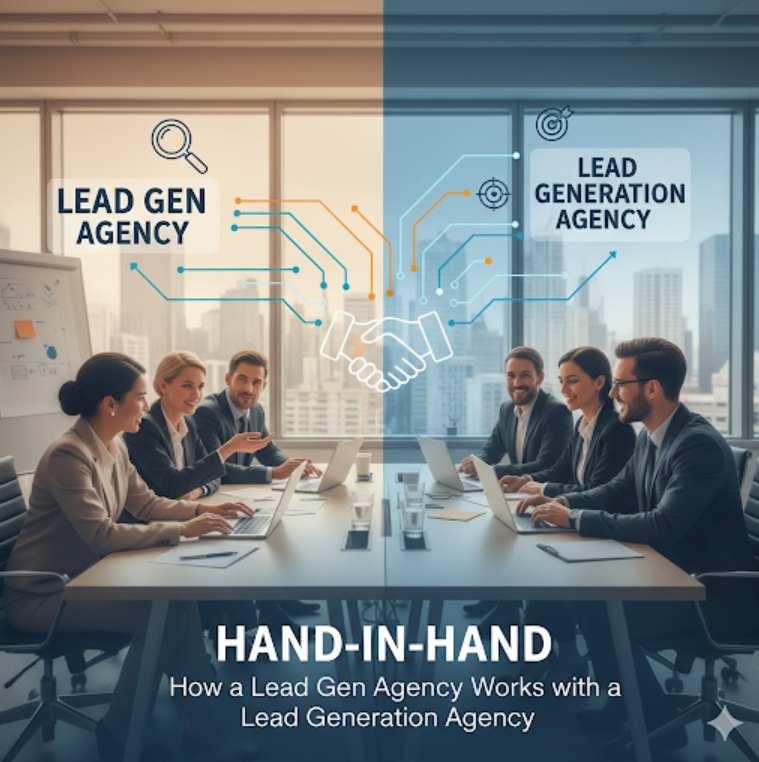

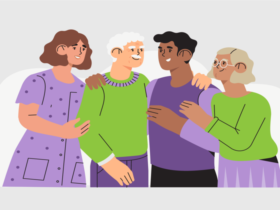



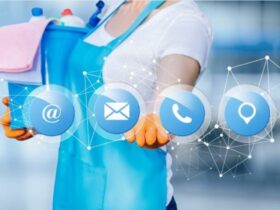


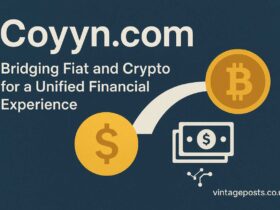
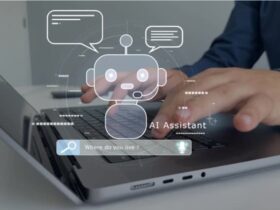

Leave a Reply